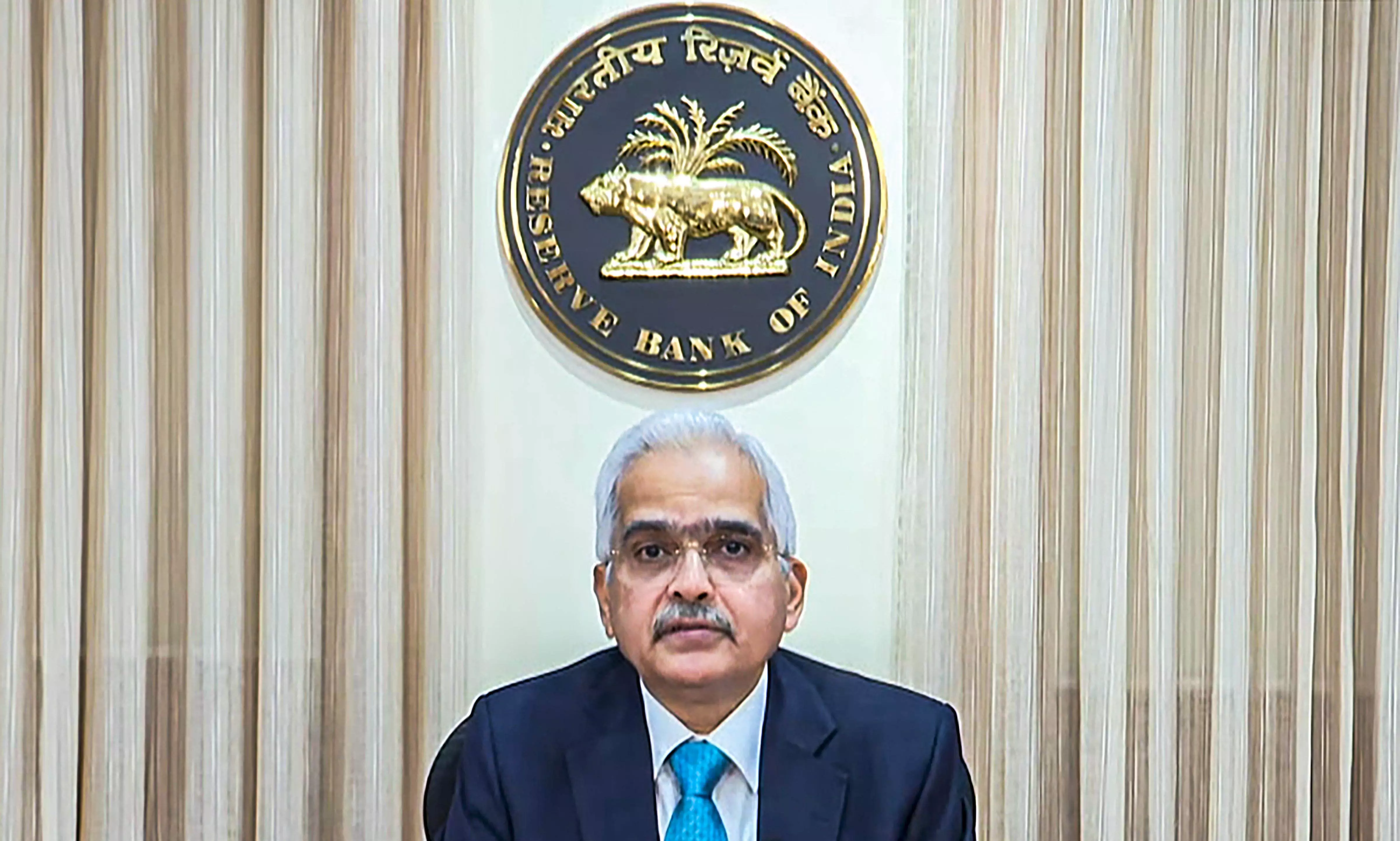RBI holds repo rate at 6.5% amid economic forecasts

The Reserve Bank of India's Monetary Policy Committee (MPC) convened on Wednesday and decided to keep the repo rate steady at 6.5% for the eighth consecutive session. This meeting was the first since the announcement of the Lok Sabha election results.
In a press briefing, RBI Governor Shaktikanta Das revised the GDP growth forecast for FY 25, raising it to 7.2% from the previous 7%. The stock market responded positively to the GDP forecast increase, with the Sensex climbing nearly 1%, or over 700 points, reaching 75,814 shortly after the policy update.
The government has tasked the RBI with maintaining CPI inflation at 4%, with a margin of 2% either way. In April, the Central Bank had opted to keep the repo rate unchanged at 6.5%, continuing its 'withdrawal of accommodation' policy stance. This decision was made with a 5:1 majority in the six-member MPC, led by Governor Das.
With the repo rate unchanged, loans tied to the repo rate will see no increase in interest rates, providing relief to borrowers whose EMIs will remain stable. However, banks might raise rates on loans linked to the marginal cost of fund-based lending rate, as the full impact of the 250 basis points hike in the repo rate from May 2022 to February 2023 has yet to be fully transmitted.
Governor Das explained that the decision to maintain the rates was influenced by ongoing uncertainties in food prices, which continue to pose inflationary risks. "Two years ago, CPI inflation peaked at 7.8% in April 2022. While inflation has eased, vigilance remains crucial to ensure it stays in check," Das remarked, using an elephant metaphor to describe the inflation situation.
Industry Reactions
Adhil Shetty, CEO of Bankbazaar.com, commented that while inflation is decreasing and GDP growth looks promising, the RBI’s cautious stance is prudent. "The unchanged repo rate means existing loans remain pegged to a high rate, with the potential for new loans to have lower spreads. Borrowing costs are expected to stay high, but interest rates on fixed deposits (FDs) may rise as banks offer competitive rates to attract depositors," Shetty explained. This, he noted, presents a good opportunity for depositors to take advantage of potentially higher FD rates as banks strive to balance lending and deposit rates.



